A Theology of Fiction
In this month’s First Things magazine is the article “A Theology of Fiction“ by Cassandra Nelson.

Sister Marielle Gable
Copyright© 2015 Saint Benedict's Monastery, Fair Use
I feel like wading in, as this subject overlaps with my interests, and I also have a soft spot for First Things, even though I am no longer a subscriber.
I am fascinated by the contributions of Sister Mariella Gable to American literature. Sr. Mariella was responsible for championing Flannery O’Connor and J. F. Powers, who even now still constitute what many people think of as “Catholic” fiction. Her life and influence is a testament to an idea I have been forming recently, that a relative handful of tastemakers have the ability to make or break reputations of writers and this will define for most people what good stories are, who after all do not read everything in order to make up their own minds.

As an example of how this works, today Charles Dickens is widely considered a “great” author, routinely assigned for reading and analysis in both secondary and post-secondary education. Yet, in his own time and in the decades after his death, he was considered a “popular” author, widely read but of no great import in the history of literature. Think of Dean Koontz or Diana Gabaldon today. The person who changed that was G. K. Chesterton, who wrote a biography of Dickens [Amazon link] that sparked a revival of interest in Dicken’s work, and a critical re-appraisal of his art.
I bring in Chesterton advisedly, as I think his position on Dickens is essential to understanding my main complaint about Cassandra Nelson’s otherwise fine article on Catholic Fiction. To illustrate what I mean, let us look at what Nelson says about the reasons why Sr. Mariella felt that American Catholic fiction was lacking:
Looking at the matter from a different angle, we find that the trajectory of American literature more broadly tells a different—but related—story. A survey course on American literature will never be short on high-quality fiction, but if you take one you’ll be hard-pressed to find much overt faith after the Puritan sermons. Nathaniel Hawthorne was nearly alone in his attempts to make room for supernatural elements in American fiction, and he did so self-consciously. He knew that his readers would expect novels to “aim at a very minute fidelity, not merely to the possible, but to the probable and ordinary course of man’s experience.” So he called his works of long fiction “romances” instead, to leave himself recourse to the extraordinary and the miraculous: mesmerism and curses, metamorphosis, celestial omens, and physical manifestations of sin and other spiritual realities. After Hawthorne’s death, Henry James dismissed the romance as an inferior genre, and nearly a century and a half later, it has yet to recover. Today, the novelistic descendants of James are as numberless as the stars, but Hawthorne has—apart from perhaps William Faulkner and Toni Morrison—almost no heirs.
The frame of this paragraph has an extraordinary blind spot, one that I think Sr. Mariella and Nelson share. It is the same frame that plagued Dickens: popular literature isn’t high quality. This spills over into Henry James’ dismissal of the romance in favor of the novel, a prejudice of a new form against an older one that has perpetuated itself in part by means of class distinctions.
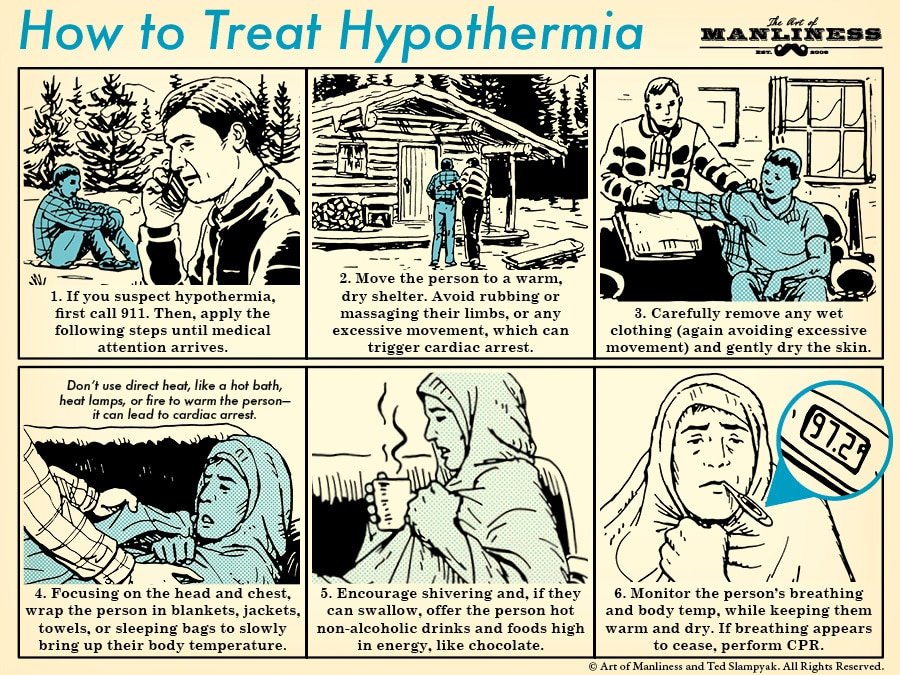
There was this great cartoon I once saw but can longer find. It was done in the mid-century style of the informative cartoon, and it showed typical entertainment preferences by social class, with pulp fiction and comics as low class, and “realistic” novels as fitting for the highest classes. As I cannot find it, I don’t know whether the cartoon was genuine or a later parody, but in either case it illustrates that I mean.
I put “realistic” in quotes here, as I believe that Sr. Mariella’s prejudices about “high-quality” fiction are incredibly limiting, and are a direct cause of how much ordinary people hate reading. The novel, as a form, dates back at least to Don Quixote in the seventeenth century. In Northrop Frye’s typology of the modes of fiction, the novel falls into the low mimetic mode:
---The low mimetic mode treats of a hero who is no better than the rest of us, which we find in most comedy and realistic fiction. We respond to the hero's common humanity in this sort of fiction. The story must display the canons of probability that we use in ordinary experience.
Realistic properly refers to the last sentence in John J. Reilly’s summary of Frye’s description. In a romance, the characters can simply fight giants. Don Quixote doesn’t actually fight giants, he tilts at windmills. But what has happened now, is that as we slide from the low mimetic mode into the ironic mode, “realistic” has come to mean dwelling on nasty, depressing things.
Let me show you. Pride and Prejudice is a realistic novel. It follows the canons of ordinary probability, but it is a fun, even joyful, book on the whole. In the twentieth century, the fun and joy was sucked out of this kind of book. There were some genuinely great books of this type, The End of the Affair by Graham Greene is a reasonable example, but on the whole serious high-brow literature is more like Jose Saramago’s Blindness, nasty and depressing, wallowing in depictions of filth both figurative and literal.
There are plenty of excellent authors who do not do this, but as many of them are in fact writing romances, sequences of marvelous adventures, they are assumed to be of low quality and excluded from any consideration of serious literature. You can see this in Nelson’s bold assertion that Hawthorne has “almost no heirs” in writing romance instead of novels. There are plenty, she is just ignoring them.
So let’s look at that assertion, and put paid to it. I maintain that what Nelson says about the romance goes wrong from the beginning: “Nathaniel Hawthorne was nearly alone in his attempts to make room for supernatural elements in American fiction“. Nearly alone is a curious way to describe two of Hawthorne’s contemporaries, Herman Melville and Edgar Allan Poe. Moby Dick was written before the term existed, but it is clearly related in tone to cosmic horror. Poe’s creepy stories are well known, but less well known is that Poe invented the Detective story, a type of story without precedent in literature.
After that, Mark Twain, Jack London and T. S. Eliot are some famous American authors that wrote works that include fantastical adventures. I’ve said a lot about the pulp fiction of the early twentieth century. Later on, there is R. A. Lafferty and Tim Powers. It is not that Hawthorne has no heirs, it is that Henry James’ self-serving dismissal of an older form of story has been taken entirely too seriously.
This is a problem because it means that fiction cannot actually do what it is supposed to do: form your imagination. Let us look and see what Nelson says about Sr. Mariella’s vision:
The bullseye image illustrates what Sr. Mariella loved most about fiction: its special epistemology, its specific form of knowing through seeing. But it is unique among her explications in describing the particular subject matter that Catholic fiction ought to cover. The rest of the time she focused on what Catholic fiction ought to do.
….
The end of Catholic fiction, then, is to bring about this re-education of love, through a slow and imperfect process meant to take place often in the characters, but perhaps always in the reader. When the center of the bullseye depicts saints—not heavy-hitters like Francis or Anthony, but everyday people striving for holiness—it shows persons who are continually making decisions about what to value.
….
Any story that truthfully represents value in this way qualifies as Catholic fiction according to Sr. Mariella, no matter the denomination of the characters or the author, who may even lack religious faith. And negative fiction—fiction that shows what not to do or not to value, and why—counts, too.
I appreciate what Sr. Mariella and by extension Nelson are trying to do. But if you want to engage your reader, and form their imaginations in a way that helps them grow in holiness, modern “realistic”, by which I mean low-mimetic shading into irony hybrids, are exactly the wrong way to go.
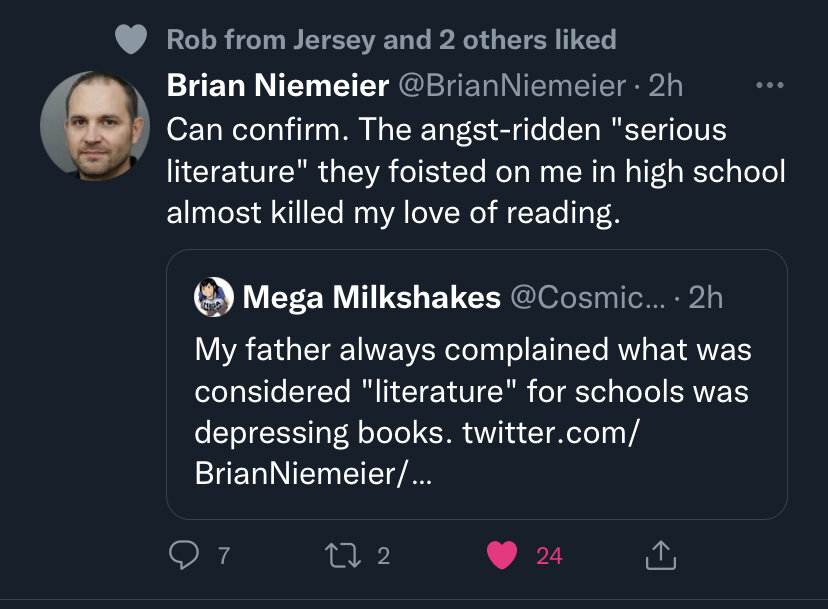
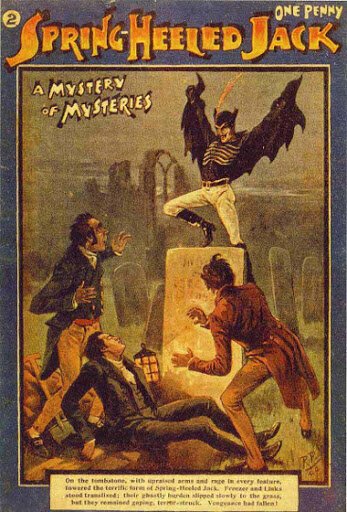
Now we come full circle, back to what Chesterton said about the pulp fiction of his day, the penny dreadfuls:
One of the strangest examples of the degree to which ordinary life is undervalued is the example of popular literature, the vast mass of which we contentedly describe as vulgar. The boy's novelette may be ignorant in a literary sense, which is only like saying that modern novel is ignorant in the chemical sense, or the economic sense, or the astronomical sense; but it is not vulgar intrinsically--it is the actual centre of a million flaming imaginations.
…
…people must have conversation, they must have houses, and they must have stories. The simple need for some kind of ideal world in which fictitious persons play an unhampered part is infinitely deeper and older than the rules of good art, and much more important.
in some senses, is Henry James a better writer than my own favorite authors? I haven’t read him, but I don’t think his accolades are wholly imaginary. I am absolutely certain that James doesn’t speak to the heart of ordinary people, because of his contempt for the kind of stories that actually do. The fact that it was the educated classes attempting to push this onto the working classes is key.
Much like the mid-twentieth century movements that stripped crown molding out of houses in the name of the common man, mid-twentieth century literary movements stripped adventure, wonder, and myth out of literature in the name of realism, purportedly in an attempt to appeal to the common man, and as a result people largely stopped reading. I don’t think much of this kind of literature because it is supposed to give you insights into how other people think, but all of its proponents made a huge own goal that drove people away from books into other kinds of entertainment.
Consider this:
She observes that medieval allegory had taken just such an interest in eschatological reality—in the ultimate destination of our souls—but in it characters were “only symbols—often dehumanized.” What contemporary Catholic writers might do, she suggests, is to build on Greene’s work, by continuing to develop forms of fiction that take into account both “spiritual reality” and the concern for “human individuality” that is characteristic of novels.
By a terrible irony, she noted, goodness is harder to portray on the page than its lack. “Missis Flinders” and The Heart of the Matter are both examples of negative fiction; for positive fiction, Sr. Mariella points the reader to “The Devil in the Desert” by Paul Horgan, or “Lions, Harts, Leaping Does” by J. F. Powers. But most of it has yet to be written. “The psychology of goodness is very rarely explored with anything like the artistic success that commonly distinguishes the analysis of evil or of spiritual failure,” Sr. Mariella writes.
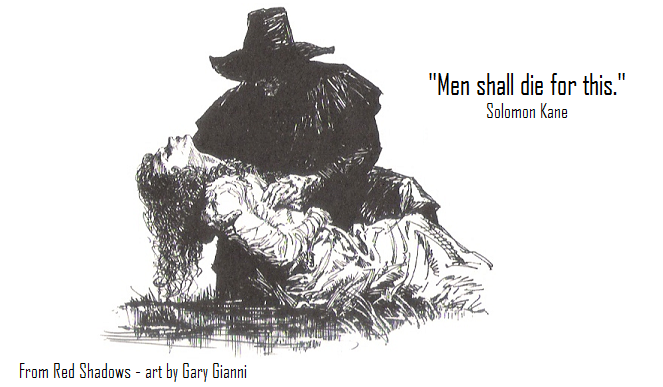
The epitome of goodness on the page
Goodness isn’t harder to portray on the page than evil. There are whole parts of literature that specialize in exactly this. That is what attracts me to pulp adventure, it often features protagonists who are good, and who attempt to do good and avoid evil. It is harder to write a hero of renown in the low-mimetic/ironic mode, which is supposed to be about the everyman, but not actually impossible. I might nominate A Man Called Ove as a book written in the ironic mode that features a heroic everyman protagonist.
But if you take one part of literature, the low-mimetic/ironic novel, and mistake it for the whole of literature, then you might have this confusion. Good, even great stories don’t have to be realistic novels. Dickens wrote ghost stories. Moby Dick is otherworldly. Milton and Dante told stories that assumed angels are real. I too want to have stories that lead people to salvation. I just don’t see the need to limit ourselves to the kind of story that is least suited for it.
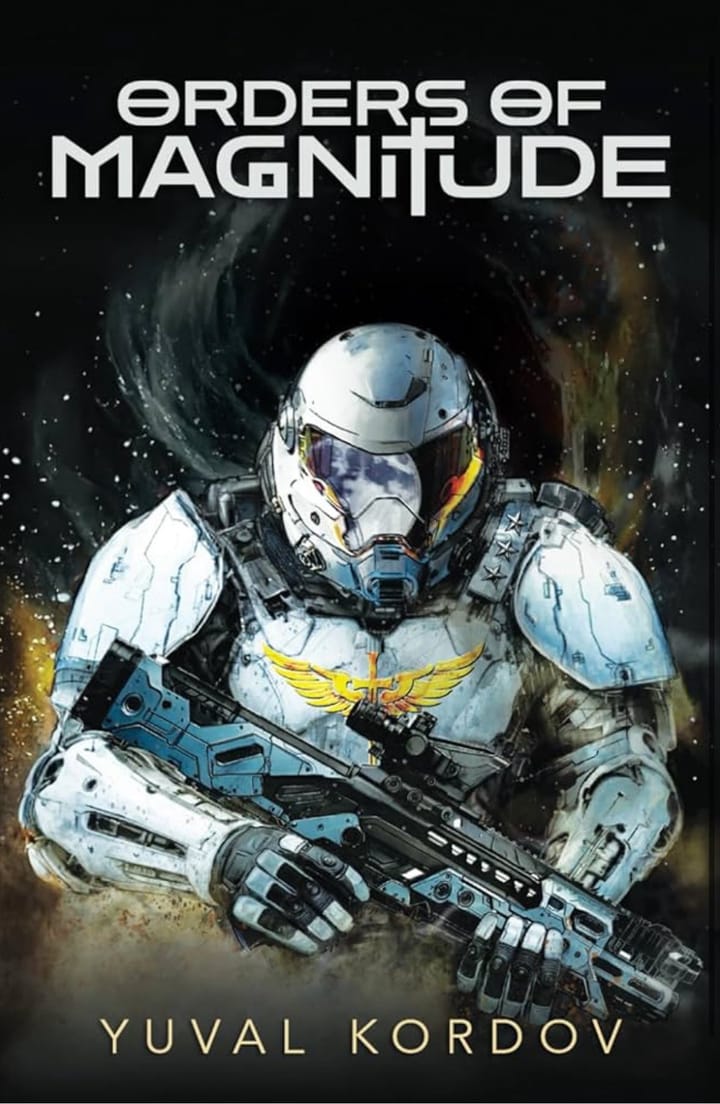
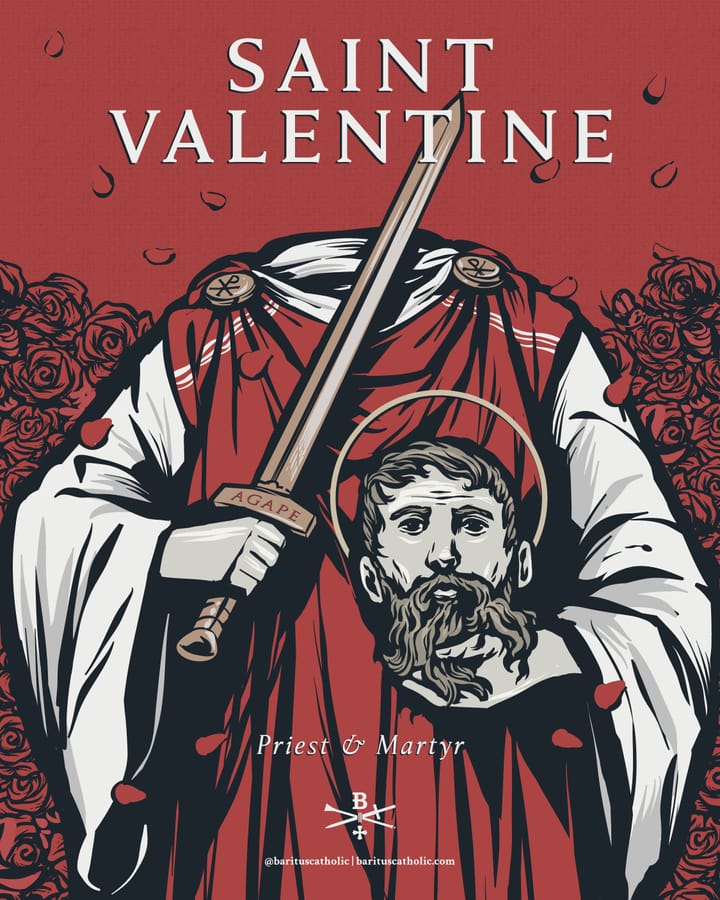

Comments ()